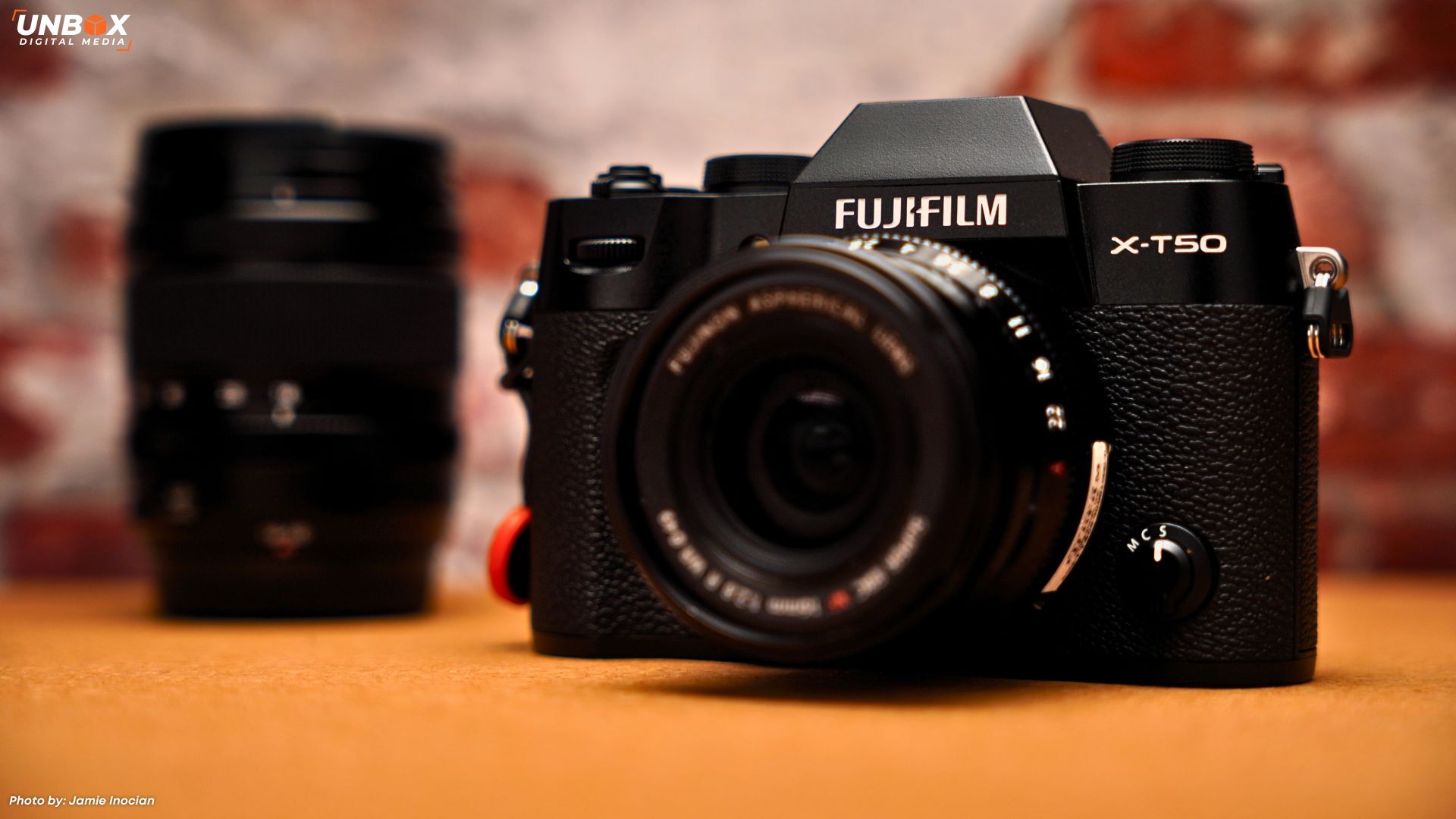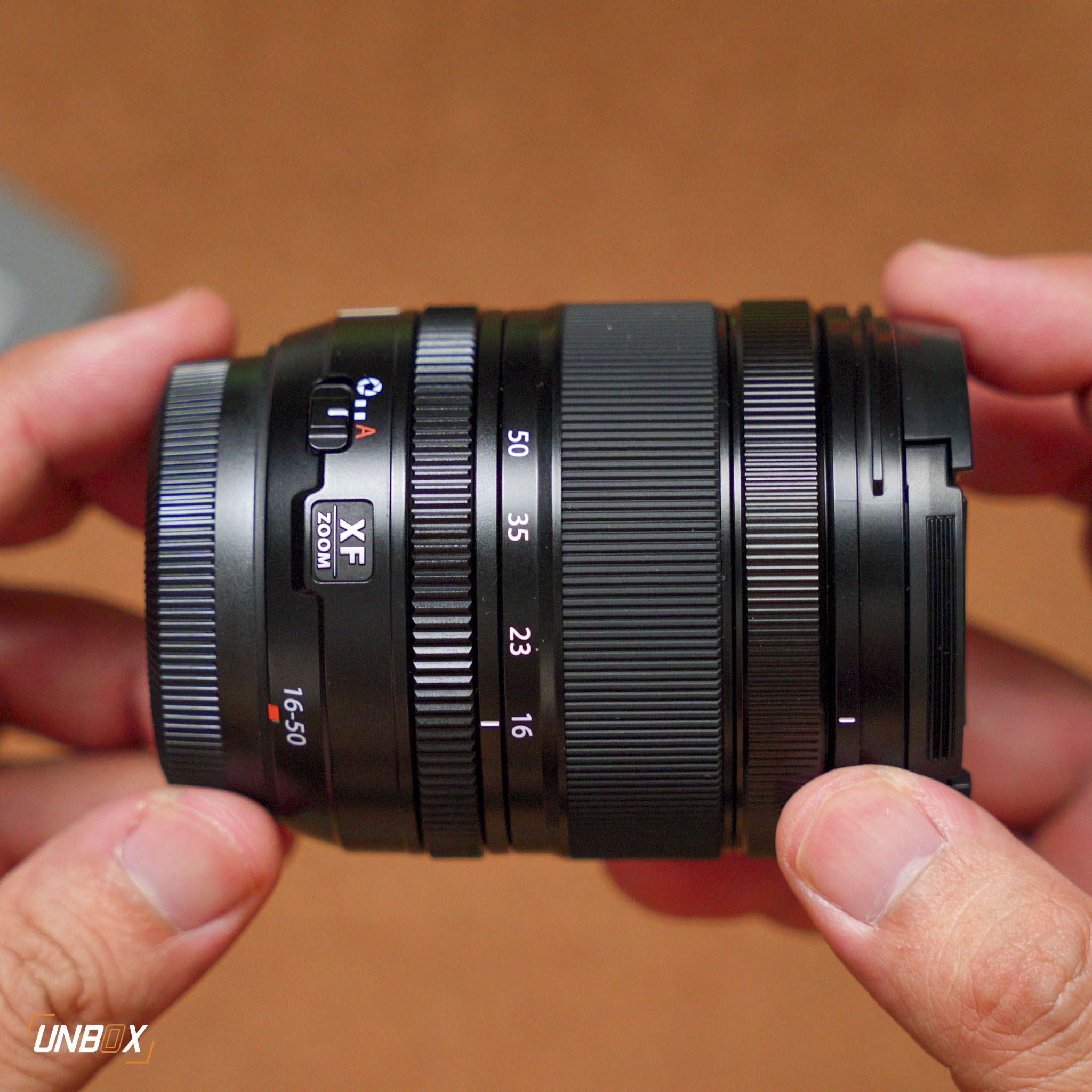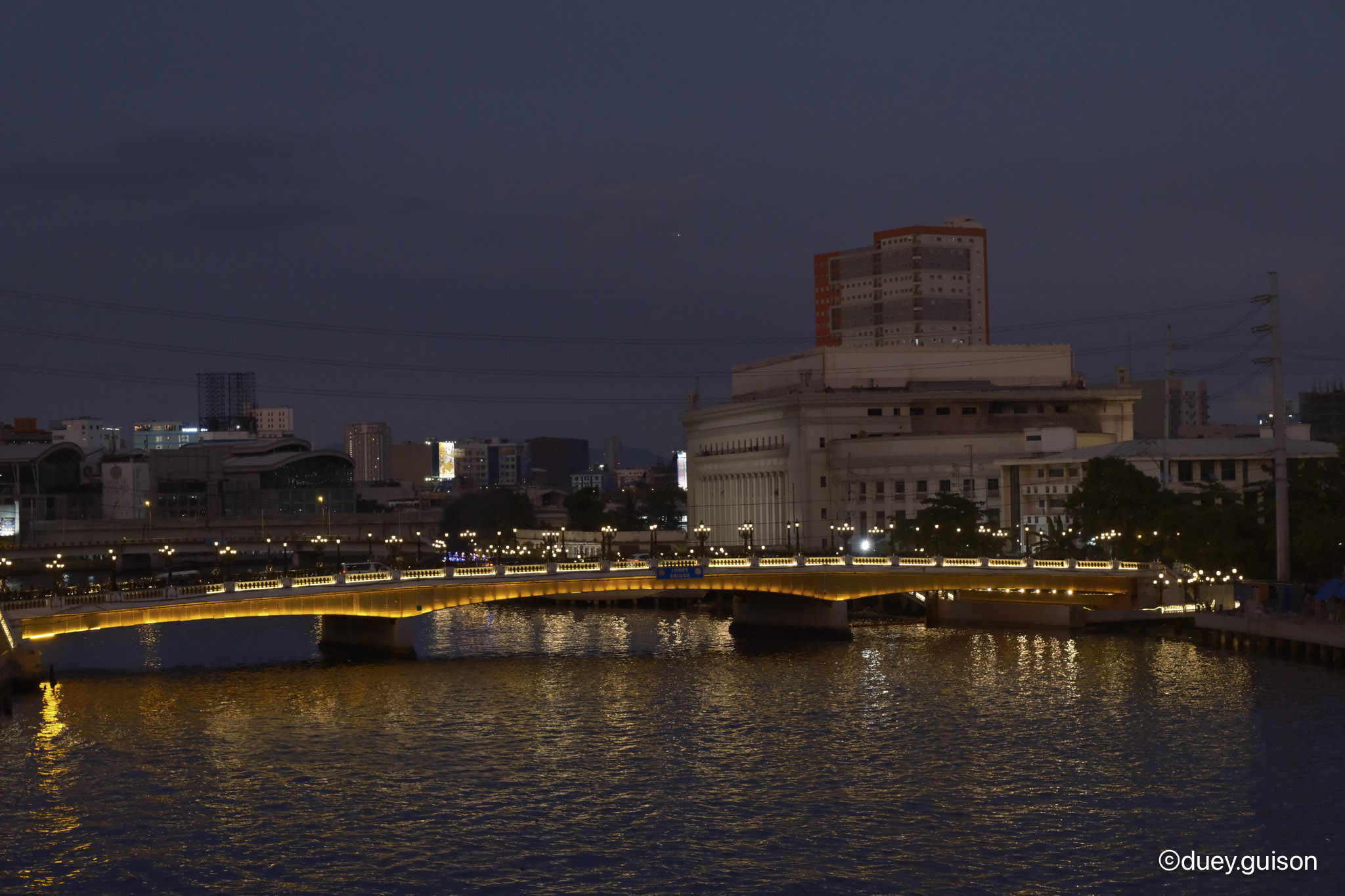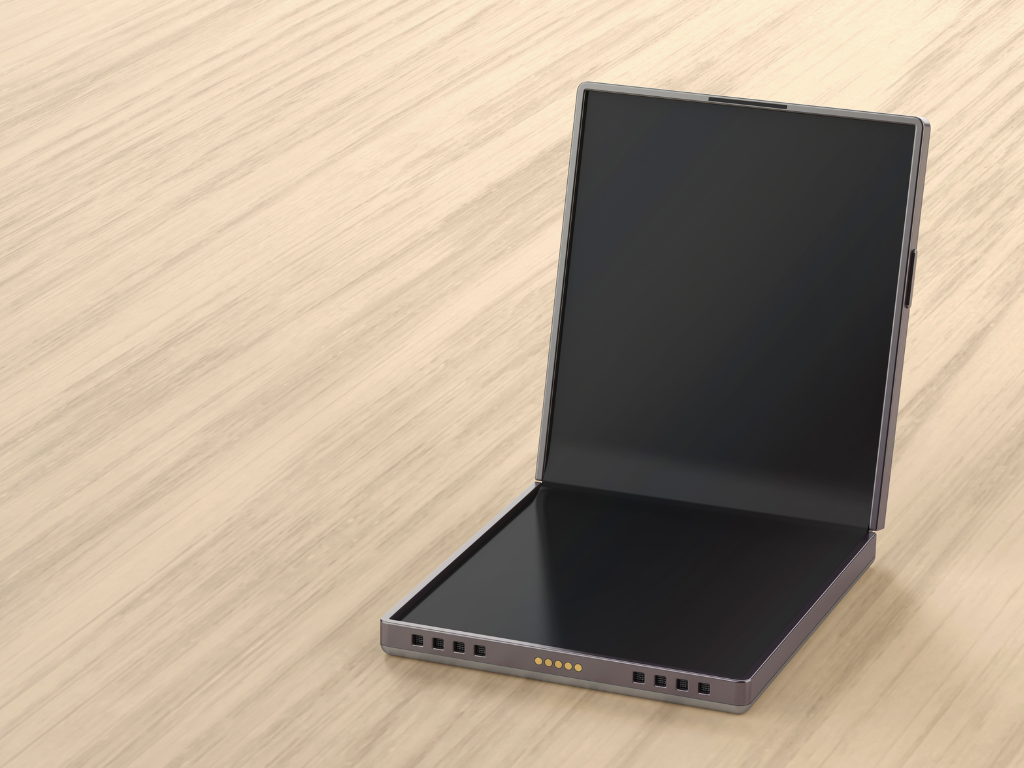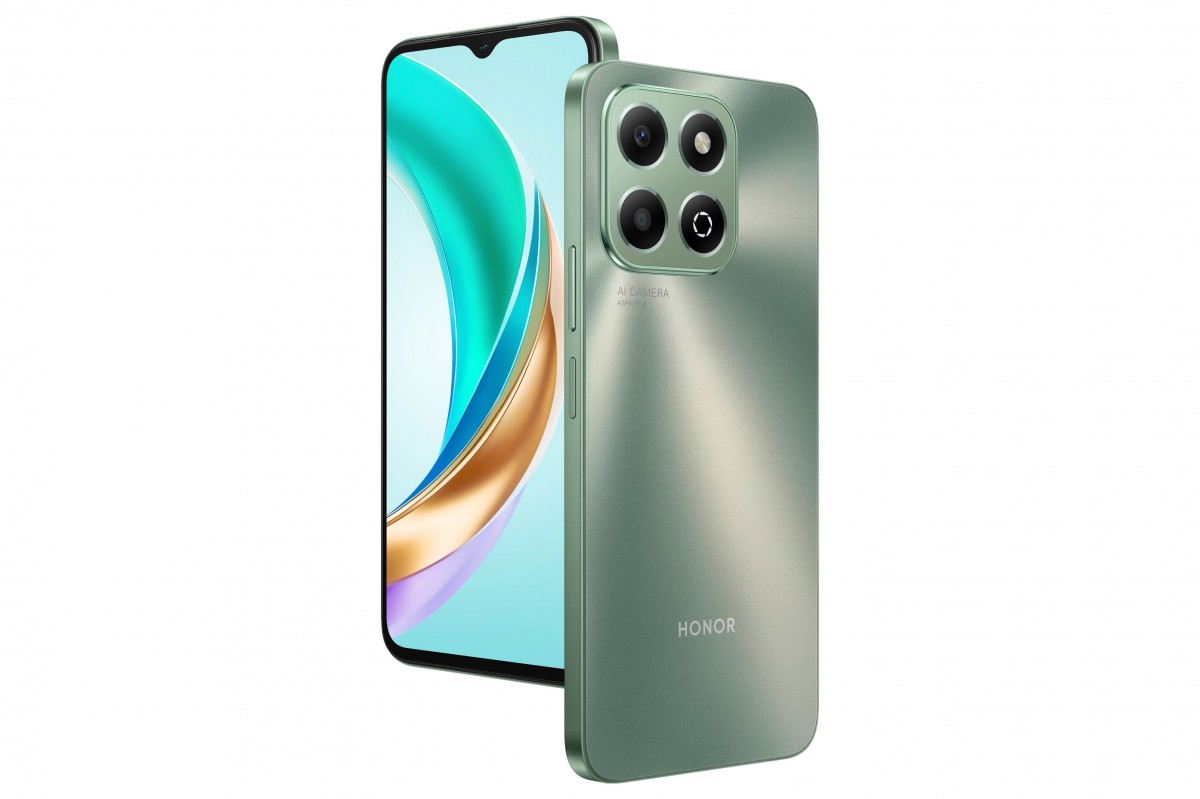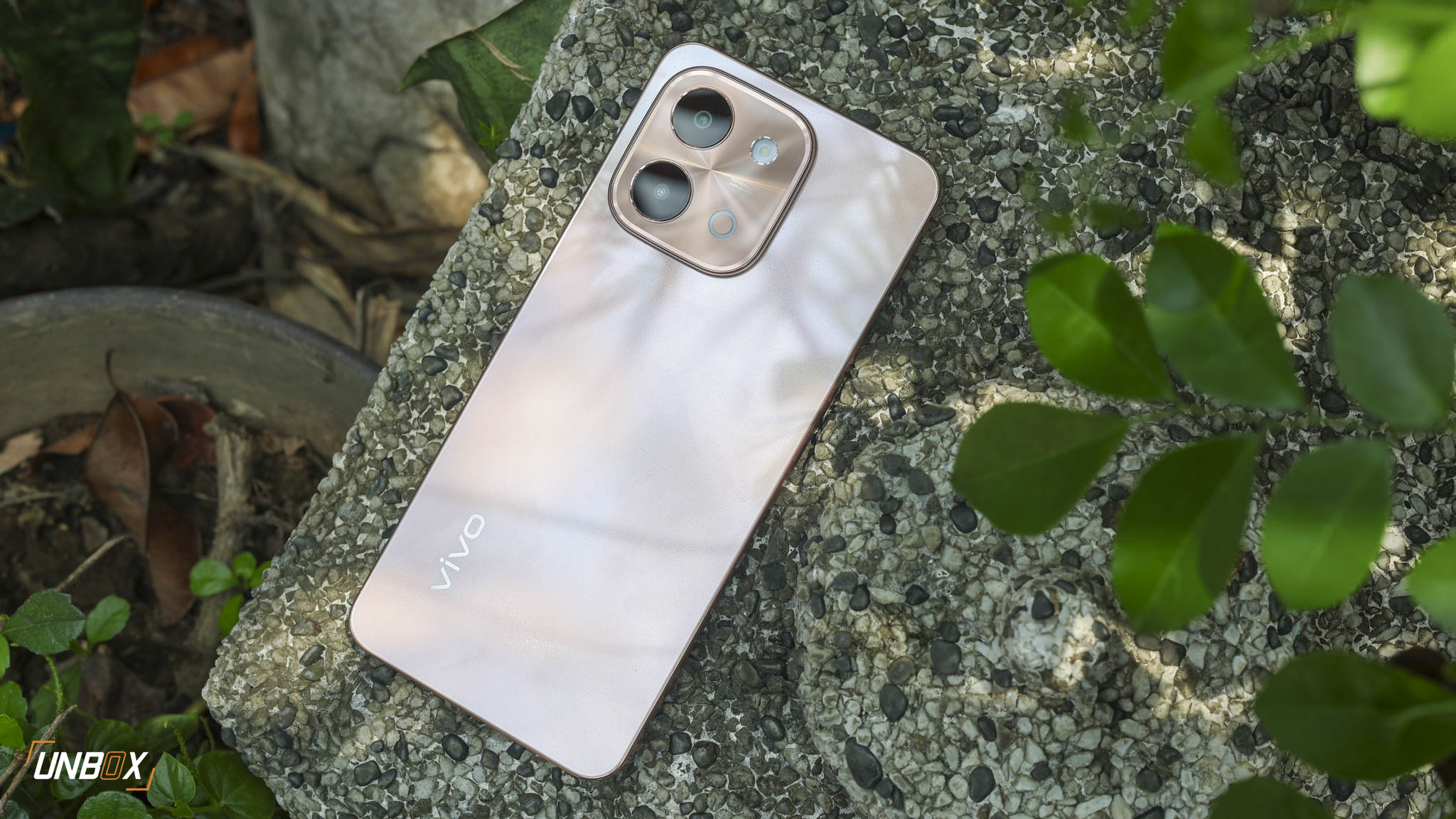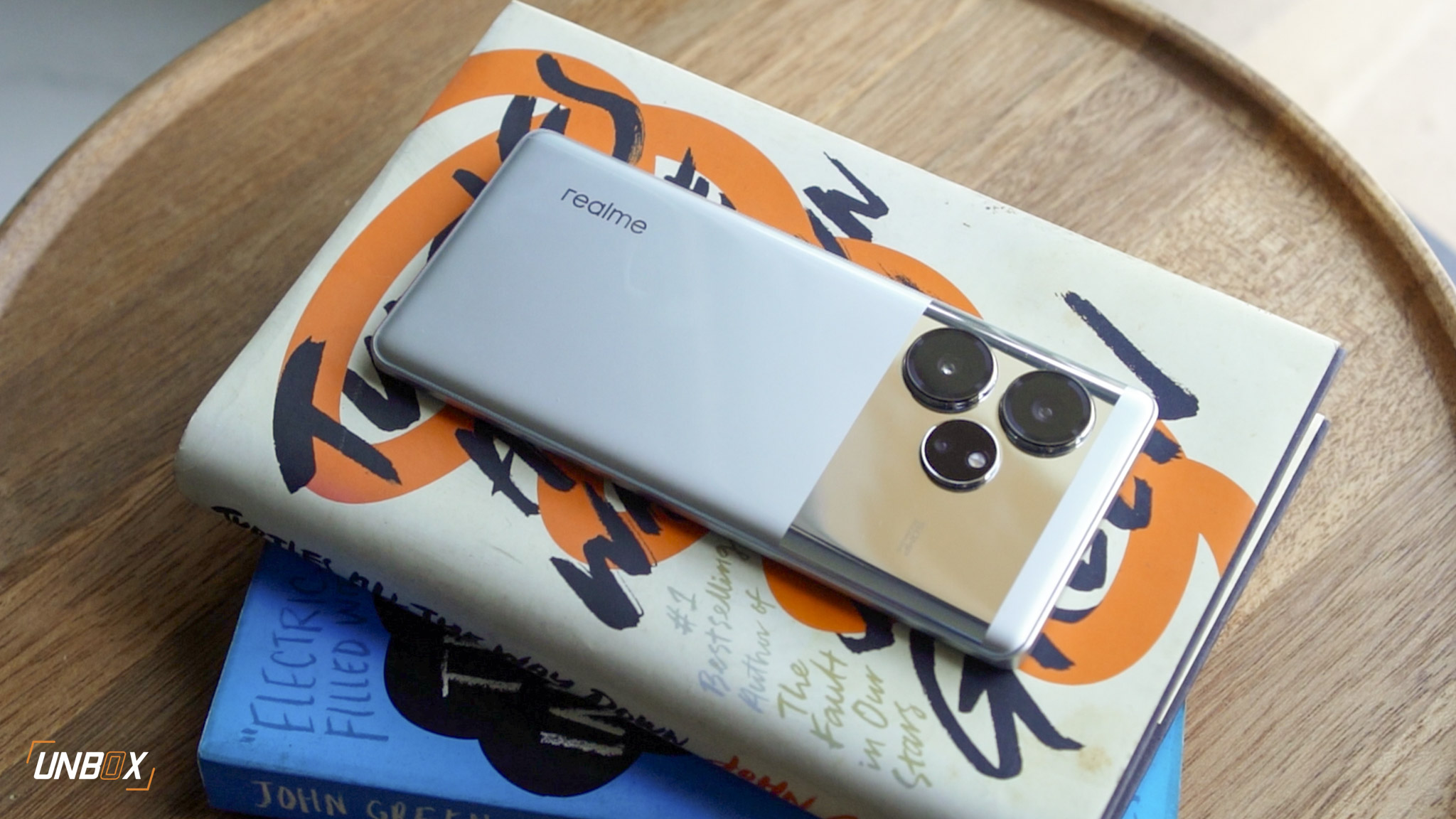Initial verdict: The X-T50 is a notable upgrade from the 5-year-old X-T30, and while the film simulation dial might generate mixed opinions, the X-T50’s price might make users think twice about upgrading.
Pros
- The new kit lens performs great
- IBIS works great
- The film simulation dial is fun to use
Cons
- The price jump from the X-T30II is huge
It’s been a five-year wait before we got an actual successor to the X-T30, and Fujifilm unveiled the X-T50 with bigger upgrades. The X-Txx series is often touted as a toned-down version of the brand’s flagship X-Tx series, but the X-T50 feels much closer to the X-T5 save for size. I got my hands on the X-T5 for our first impressions: we break it down to what’s new, what stays the same, and is it worth the upgrade.
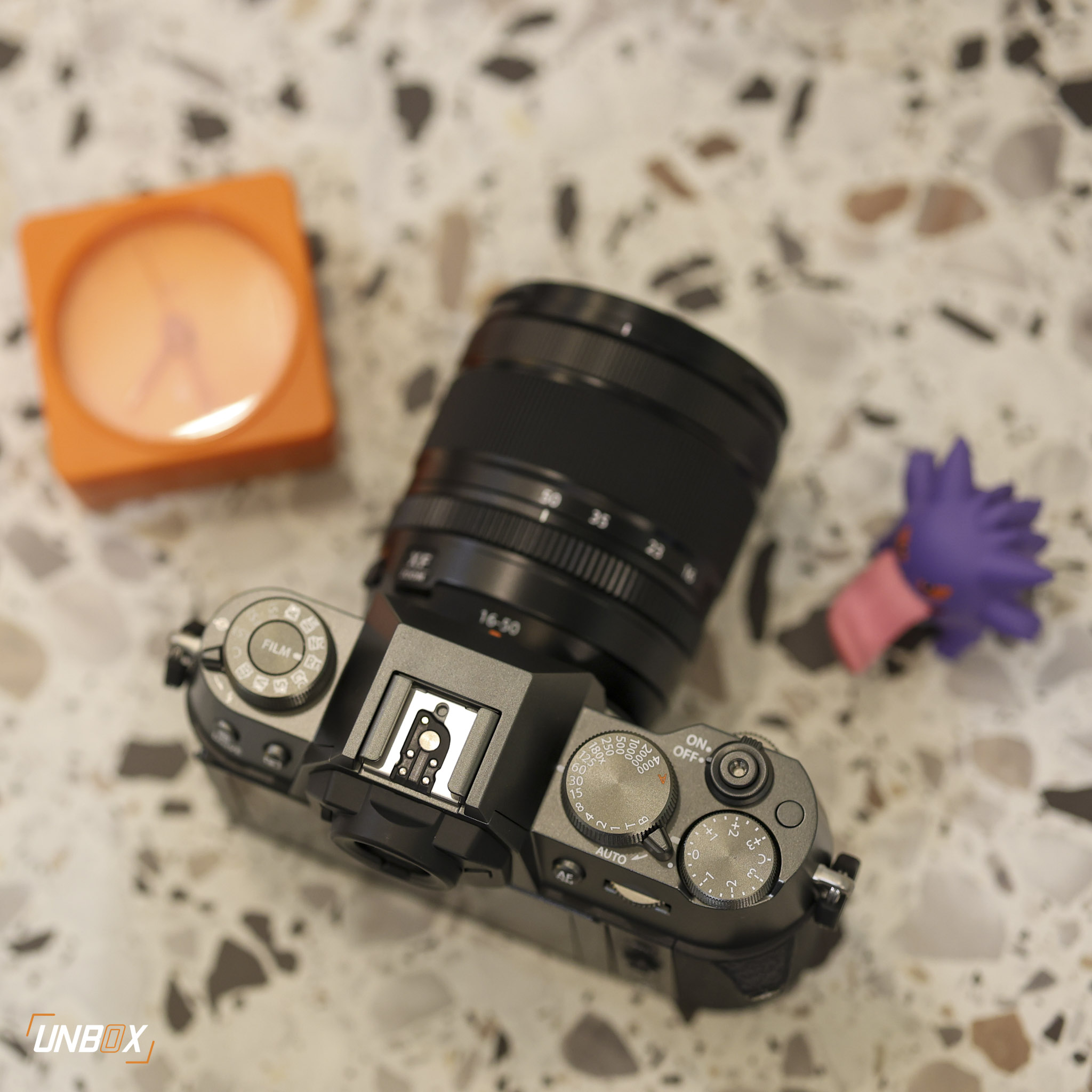
Fujifilm X-T50 Philippines: What’s New?
What’s immediately noticeable with the X-T50 is the substantially larger handgrip, making it feel more like a DSLR compared to the X-T30. The increase in size for the handgrip makes the X-T50 easier to hold especially when you’re dealing with large lenses. Save for the larger handgrip area, the X-T50 has roughly the same footprint as the X-T30–making it still more compact than the X-T5.

When it comes to buttons and dials, the X-T50 left dial is now dedicated to selecting Fujifilm’s various film simulations. A lot of people are divided with this idea (this used to be for the drive mode, which is now relegated to a button) because some think that this move made the X-T50 feel more like an amateur camera.
The film simulation dial is not a new idea–digital cameras from the 2000s have a similar concept as well. The only difference is that the X-T50’s new dial gives you straightforward access to all of Fujifilm’s popular film simulations–including the Reala Ace that is found on the GFX100 II and X100VI. As someone who used the X-T50 for a few days, I found the film simulation dial convenient since it allows me to quickly switch color profiles for my desired look with my photos.
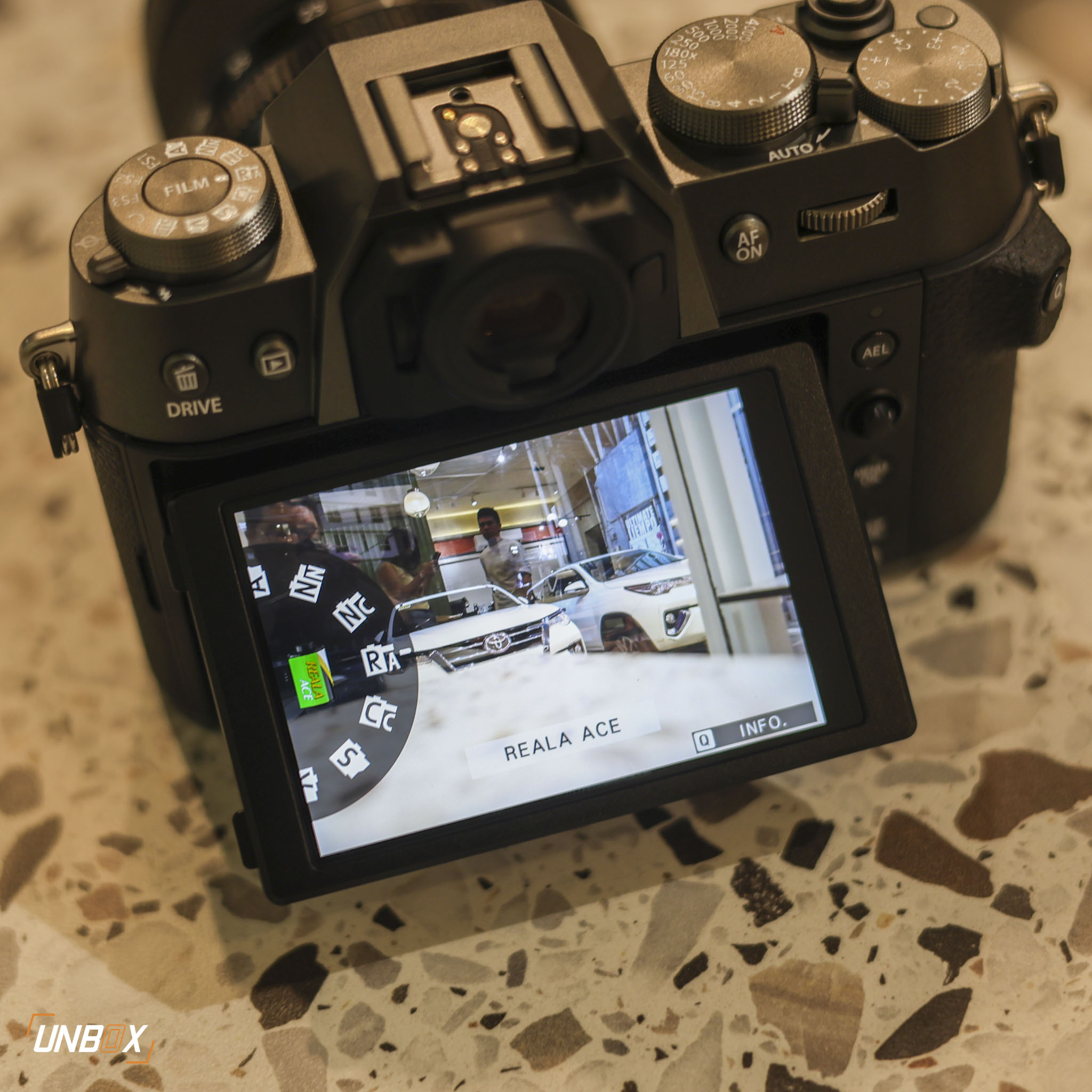
The biggest upgrade of the X-T50 is with the internals, as you get the same setup found on the X100VI and X-T5: a 40.2-megapixel X-Trans 5 HR sensor with IBIS that can compensate for up to 6 stops, and improved autofocusing with AI subject detection and tracking AF for videos.
Speaking of videos, the X-T50 can also shoot at up to 6.2K resolution at 30FPS. Just like the X100VI, the X-T50 is a stills-first camera, but having flexible video recording options is a nice feature to have.
Together with the X-T50, Fujifilm is also introducing a new kit lens with the XF 16-50mm f/2.8-4.8 R LM WR. This lens replaces the popular XF 18-55mm F/2.8-4 R LM OIS, and it has its pros and cons. The XF 16-50 is roughly the same size as the XF 18-55, and sacrifices OIS and a slower aperture on the long end for an internal zoom design. The new kit lens has weather resistance–but you need to buy a filter to give it full weather resistance.
We took the X-T50 and the XF 16-50mm around Manila to take a few shots, and it’s safe to say that this new kit lens performs just as great as the outgoing XF 18-55mm–despite sacrificing OIS and having a smaller aperture on the telephoto end.
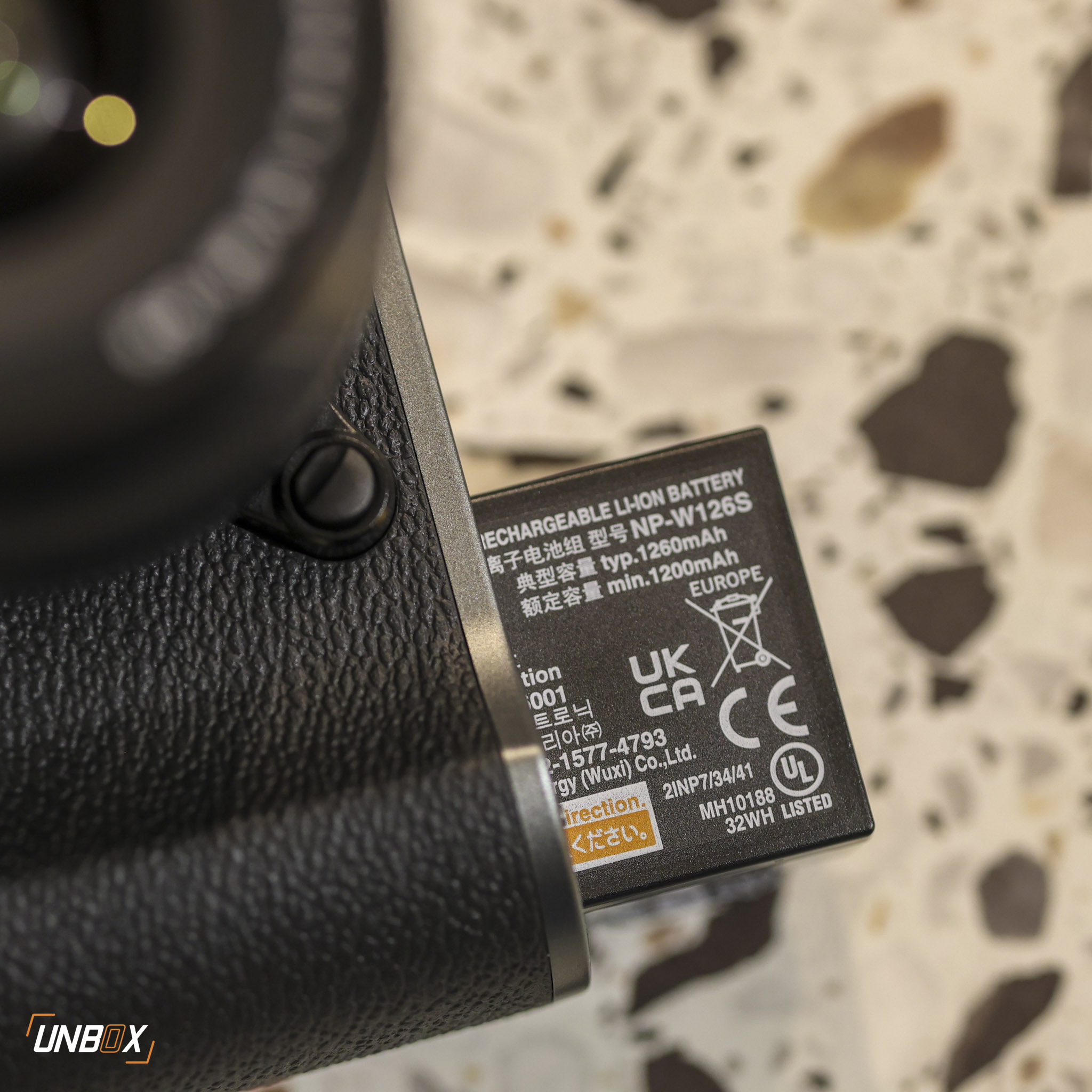
Fujifilm X-T50 Philippines: What Stays the Same?
Like with the X100VI, the X-T50 uses the same NP-W126S battery that’s found on the majority of Fujifilm cameras despite using an all-new sensor. Battery life is a challenge with the X-T50: using it primarily for photography, with mixed use of the EVF and the touchscreen display, I took around 250 shots before the battery status dropped to one bar (before it flashes red, telling you to top up soon). If you’re using the X-T50 extensively, it’s best to keep one or two extra batteries with you or have a power bank handy since you can charge it on the go via USB-C.

The same goes for the electronic viewfinder and touchscreen display, both of which are based on the X-T30II. The articulation of the touchscreen display is the same, which limits the X-T50’s use as a full-fledged hybrid camera–those who want a hybrid Fujifilm camera can opt for the X-S20 instead.
The ports on the left side of the X-T50 are the same, where you get a Micro-HDMI, USB-C, and microphone jack. The good news here is that the microphone jack uses the more common 3.5mm port, making the X-T50 more usable as a hybrid stills/video mirrorless camera.

Fujifilm X-T50 Philippines: Is it worth the upgrade?
If you’re coming from the X-T30II or X-T30, the X-T50 is a substantial upgrade with the all-new sensor and the addition of IBIS. The film simulation dial might generate mixed thoughts for long-time Fujifilm X users. However, it’s a nice feature to have, especially if you’re the type that likes to tinker around different film simulations and want a certain look to your photos without needing to do additional post-processing.
Our biggest concern with the X-T50 is its steep starting price of Php 92,990 for the body only. That’s approximately a Php 42k price jump from the X-T30II and Php 17k less than the X-T5. The one with the new kit lens will cost you Php 117,990, and opting for a prime lens like the XF 23mm F/2.0 WR will cost roughly the same.
The latter setup makes the X-T50 more expensive than the X100VI–though you will have a better chance of securing the X-T50, as it’s challenging to find an X100VI at SRP unless you are among those who pre-ordered a unit.

If you find the X-T50 a bit on the pricey side, Fujifilm has other options: the X-S20 is priced at Php 79,990 and does have IBIS–albeit using an older X-Trans 4 sensor. The previous-generation X-T30II is a steal with its price–as it is the most affordable Fujifilm mirrorless camera you can readily buy in stores.
However, if you’re after Fujifilm’s latest 40.2-megapixel sensor with IBIS, the X-T50 is your most affordable option right now–and the only one that’s priced at under Php 100k for the body only.


